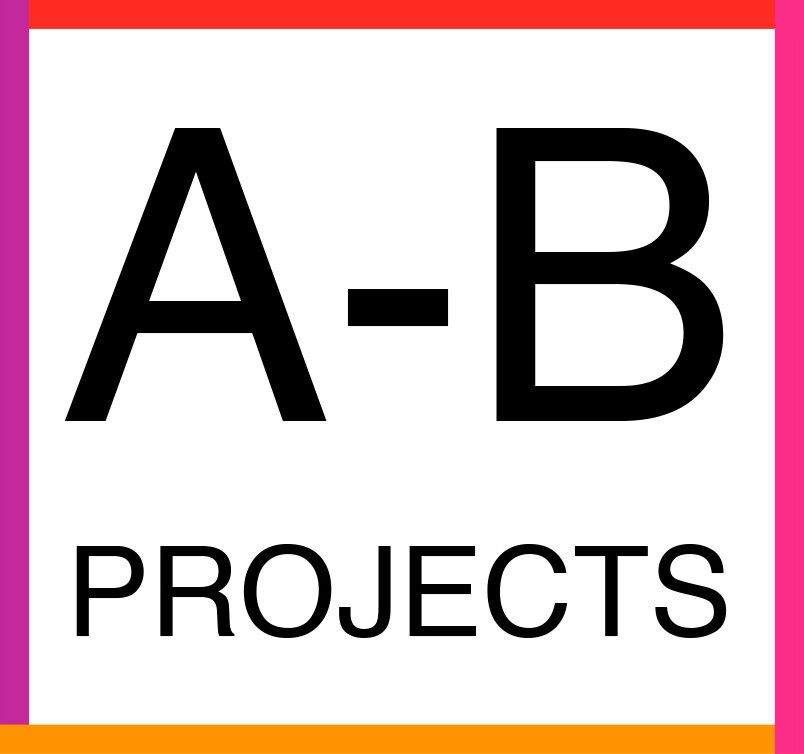
State of Ceramics is an ongoing series of discussions centered around evaluating the present and future of the ceramics field.
Participants are encouraged to share their unique perspectives and voices during these open and inclusive dialogues.
This is an opportunity for us to take responsibility for how our field is shaped.
Upcoming State of Ceramics
with John Roloff
Date to be announced
10am - Noon PST (that’s Los Angeles time), online.
-
-
-
John Roloff is a visual artist who works conceptually with site, process and natural systems. He is known for his ceramic works and outdoor kiln/furnace projects done from the 1970’s into the 1990’s, as well as other large-scale environmental projects, gallery installations and objects investigating geologic and natural phenomena.
Based on an extensive background and ongoing research in the earth sciences, he works from geochemical and global metabolic perspectives. His work since the late 1960’s engages poetic and site-specific relationships between material, concept and performance in the domains of geology, ecology, architecture, ceramics, industry, metabolic systems and history. The ship is a central image of his work, metaphorically evoking psychological and transformative processes of the sea and land in geologic and contemporary time.
He studied geology at UC Davis, Davis, CA with Professor Eldridge Moores and others during the formative days of plate tectonics in the late-1960’s. Contemporaneous with geology he studied art with Bob Arneson and William T. Wiley also at UC Davis. He received a master’s degree in art in 1973 from CSU Humboldt.
In addition to numerous environmental, site-specific installations in the US, Canada and Europe, his work has been included in exhibitions at the Whitney Museum of American Art, UC Berkeley Museum, San Francisco Museum of Modern Art, Smithsonian Institution, Photoscene Cologne and the Venice Architectural and Art Biennales, The Snow Show in Kemi, Finland and Artlantic: wonder, Atlantic City, NJ. Art works in the public realm that explore geologic and related concepts can be found at sites such as: Yerba Buena Gardens, San Francisco, CA, University of Minnesota, Minneapolis, MN, I-5 Colonnade Park, Seattle, WA and Stanford University, Palo Alto, CA. He has received 3 artist’s visual arts fellowships from the NEA, a Guggenheim Foundation fellowship, a California Arts Council grant for visual artists and a Bernard Osher Fellowship at the Exploratorium, San Francisco, CA. He is represented by Anglim Trimble Gallery in San Francisco and is Professor Emeritus of Sculpture/Ceramics at the San Francisco Art Institute. More information is available at www.johnroloff.com.
As around, as below, as before: clay is ubiquitous in contemporary built- and natural-environments and threads through the histories of each. For example, the Great Chicago Fire of 1871 altered the trajectory of American architecture by leveling wooden structures, thus reinvigorating the 9,000-year-old brick and increasing the durability of our cities. Ceramic construction materials are not often cited as a major player in ceramics as ‘fine art’ but they are arguably pivotal for both the technical and conceptual expansion of the field. Might a traditional vessel be reconceptualized in the form of a building? In this State of Ceramics series, which has multiple discussions through Spring 2024, we explore the roles of ceramics in architecture, and architecture in ceramics.
Current Series:
Architectural Ceramics
Information about upcoming State of Ceramics in this series will be updated throughout 2024.
Each State of Ceramics discussion is led by different ceramic artists and is prompted by specific, unanswered questions they have about the shifting dynamics of contemporary ceramics. These collective conversations are geared towards evaluating the current state of the field, expanding possibilities, and building community as we move through this process.
These online discussions are free and open to the public—the clay community and the clay curious—and are informal, open, and democratic spaces where participants are encouraged to share their unique perspectives and voices. State of Ceramics are not lectures or panel discussions; they are inclusive, video-on events where everyone present is an equal participant in collective criticality and research. This programming is currently globally accessible via Zoom.
All State of Ceramics contribute to an open source curriculum that can be used in studios, in classrooms, at dinner tables, or anywhere folks enjoy engaging in critical dialogue about clay.

